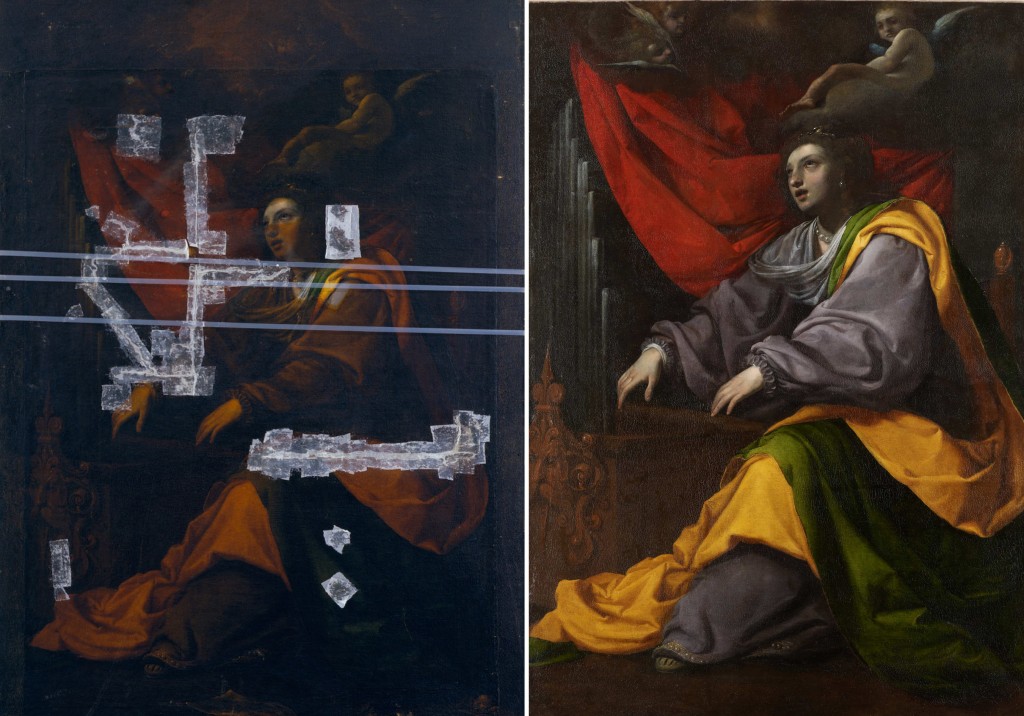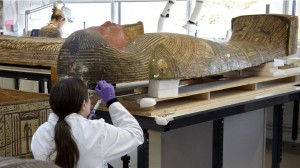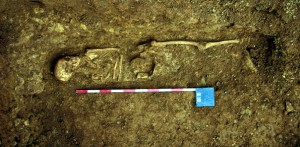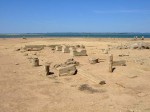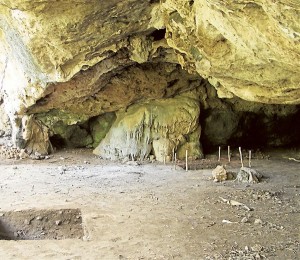 Archaeologists from the Australian National University excavated the Jerimalai on the southeast Asian island of East Timor have found direct evidence of humans fishing deep-sea species 42,000 years ago. Inside the shallow cave the team discovered over 38,000 fish bones from 2,843 individual fish dating back 42,000 years and half of those fish were fast-swimming deep-sea species like tuna and sharks.
Archaeologists from the Australian National University excavated the Jerimalai on the southeast Asian island of East Timor have found direct evidence of humans fishing deep-sea species 42,000 years ago. Inside the shallow cave the team discovered over 38,000 fish bones from 2,843 individual fish dating back 42,000 years and half of those fish were fast-swimming deep-sea species like tuna and sharks.
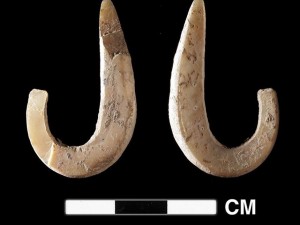 Humans have been feasting on shore-based seafood like mussels for at least 165,000, but the earliest sites where deep sea fishing has been confirmed before this has been are only 12,000 years old. The Jerimalai cave also produced another first: a fish hook made of a mollusk shell that is 23,000 years old. That is the earliest confirmed date for a fish hook and the earliest evidence of line fishing.
Humans have been feasting on shore-based seafood like mussels for at least 165,000, but the earliest sites where deep sea fishing has been confirmed before this has been are only 12,000 years old. The Jerimalai cave also produced another first: a fish hook made of a mollusk shell that is 23,000 years old. That is the earliest confirmed date for a fish hook and the earliest evidence of line fishing.
The new evidence “certainly suggests that people had advanced maritime skills” by 42,000 years ago [Susan] O’Connor [, archaeologist at the Australian National University and the excavation leader] says, at least “in terms of fishing technology.” The finds indicate that this mastery of the sea “must have been one of the things that allowed the initial colonization” of East Timor and other Southeast Asian islands, such as Papua New Guinea and Indonesia. But O’Connor cautions that there is still no direct evidence about the maritime skills of the first people who colonized Australia, leaving open the possibility that they drifted there with the tides.
We don’t know how they might have fished tuna and sharks. The mussel shell hook would not have been used for deep sea fishing and thus far no remains have been found to answer the question. If the people who braved the oceans to populate Australia and East Timor during this period had oceanworthy ships rather than drifting there on rafts, certainly they could have mastered devising a net or dragline and hook combination that worked in the deep East Timor coastal wasters.
There are some objections to the interpretation of the data. One anthropologist noted that the tuna found in the cave are only between 20 and 30 inches long and are thus juvenile specimens who might have been caught wandering too close to shore. Since the water off the coast of East Timor gets deep very quickly, it’s easier to find deep sea fish near land. O’Connor rebuts that even young tuna are fast swimmers and can’t be speared or hooked from the beach in the thousands.
She intends to keep excavating the cave, moving deeper down into earlier eras. Here’s hoping she finds a boat.
